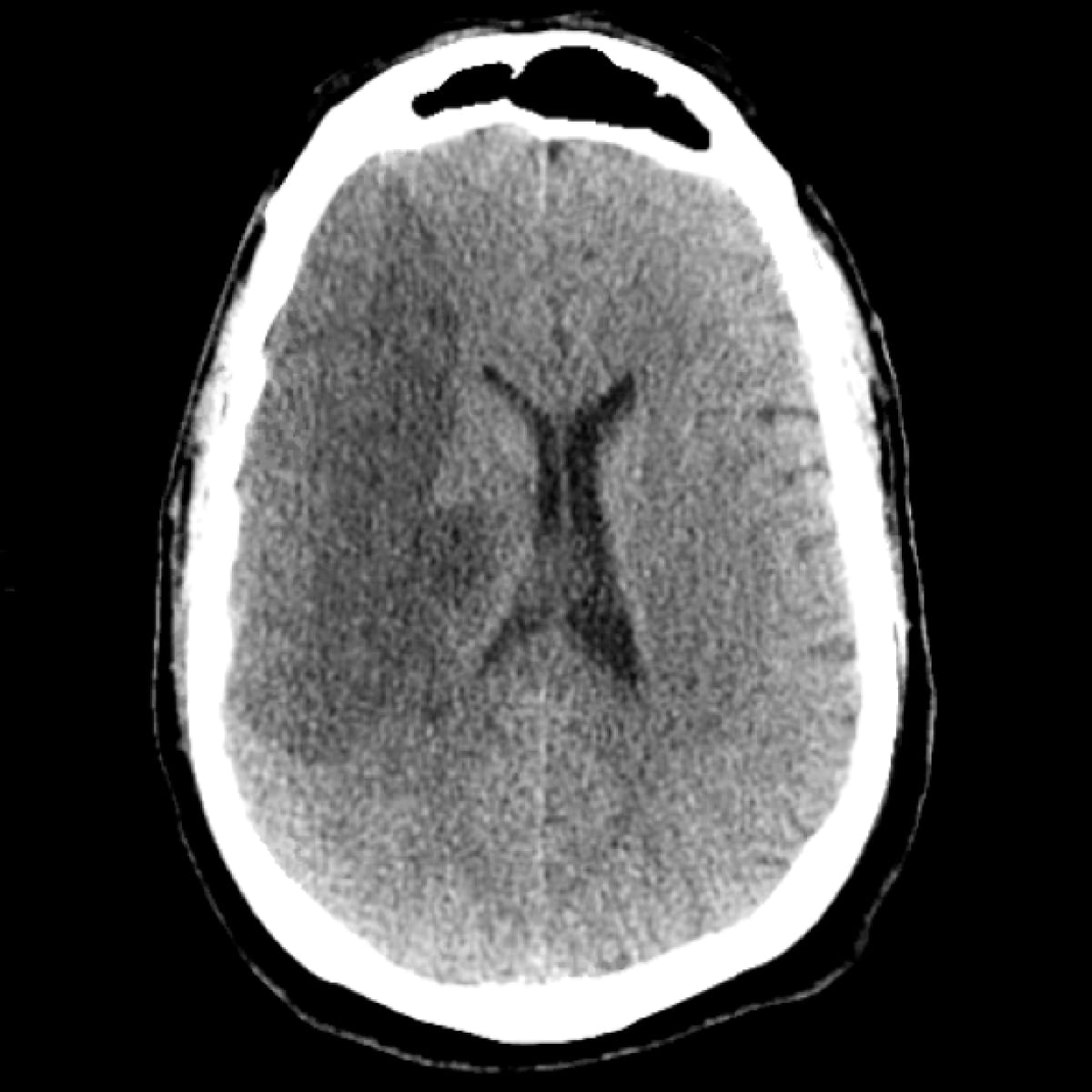For centuries, neurology and psychiatric disorders were united as a single field of medicine. However, this field was parsed over time into two separate specialties, with one focused on structural pathologies and the other focused on neurochemical derangements. Despite the continuous delineation between these two specialties over time, both Neurologists and Psychiatrists must remember that there will always remain a significant overlap between the two. The landmark articles of interest in this Newsletter serve to do just that.
Fluoxetine for motor recovery after acute ischaemic stroke (FLAME) trial, published in 2011, investigated the effectiveness of fluoxetine in enhancing motor recovery in patients with ischemic stroke and associated moderate to severe motor deficits. This study was conducted as a double-blind, placebo-controlled trial across nine stroke centers in France. Enrolled participants experienced an acute ischemic stroke with associated hemiplegia or hemiparesis, and a Fugl-Meyer motor scale (FMMS) score of 55 or less. Patients were randomly assigned to receive either fluoxetine (20 mg once daily orally) or a placebo for three months, starting 5-10 days post-stroke onset, in addition to standard physical therapy.
The primary outcome measure was the change in FMMS scores between day 0 and day 90. The results showed that the fluoxetine group had significantly better FMMS scores at day 90 when compared to the placebo group. The adjusted mean improvement was 34.0 points [95% CI 29·7-38·4] in the fluoxetine group versus 24.3 points [CI 19·9-28·7] in the placebo group (p=0·003). The adverse events were similar between the two groups. These findings suggest that modulation of spontaneous brain plasticity by drugs like fluoxetine holds promise for treating individuals with ischemic stroke and significant motor deficits.
Despite the FLAME studies results, not everyone was convinced of fluoxetine’s utility in post-stroke care. As a result, the Assessment oF FluoxetINe In sTroke recoverY (AFFINITY) trial was conducted. It was a double-blind, placebo-controlled trial that followed post-ischemic stroke patients on fluoxetine vs. placebo for 6 months. The primary outline was modified Rankin Scale (mRS) at 6 months. Interestingly, the trial found no significant difference in the distribution of mRS categories between the 20 mg fluoxetine and placebo groups at 6 months. Patients in the fluoxetine group also surprisingly experienced more falls, bone fractures, and epileptic seizures than the placebo group.
The AFFINITY trial imparts a valuable lesson about scientific inquiry to our trainees. Even findings from randomized clinical trials published in scientific journals should be subject to rigorous scientific debate and may require re-evaluation if consensus cannot be reached on their practical application, patient safety, and patient outcomes. This highlights the dynamic and evolving nature of scientific understanding, encouraging our trainees to approach research findings with a discerning and inquisitive attitude.
References:
- AFFINITY Trial Collaboration (2020) Safety and efficacy of fluoxetine on functional outcome after acute stroke (AFFINITY): a randomised, double-blind, placebo-controlled trial. Lancet Neurol 19:651–660. https://doi.org/10.1016/S1474-4422(20)30207-6
- Chollet F, Tardy J, Albucher J-F, et al (2011) Fluoxetine for motor recovery after acute ischaemic stroke (FLAME): a randomised placebo-controlled trial. Lancet Neurol 10:123–30. https://doi.org/10.1016/S1474-4422(10)70314-8
- Gladstone DJ, Danells CJ, Black SE. The fugl-meyer assessment of motor recovery after stroke: a critical review of its measurement properties. Neurorehabil Neural Repair. 2002;16(3):232-240. doi:10.1177/154596802401105171



